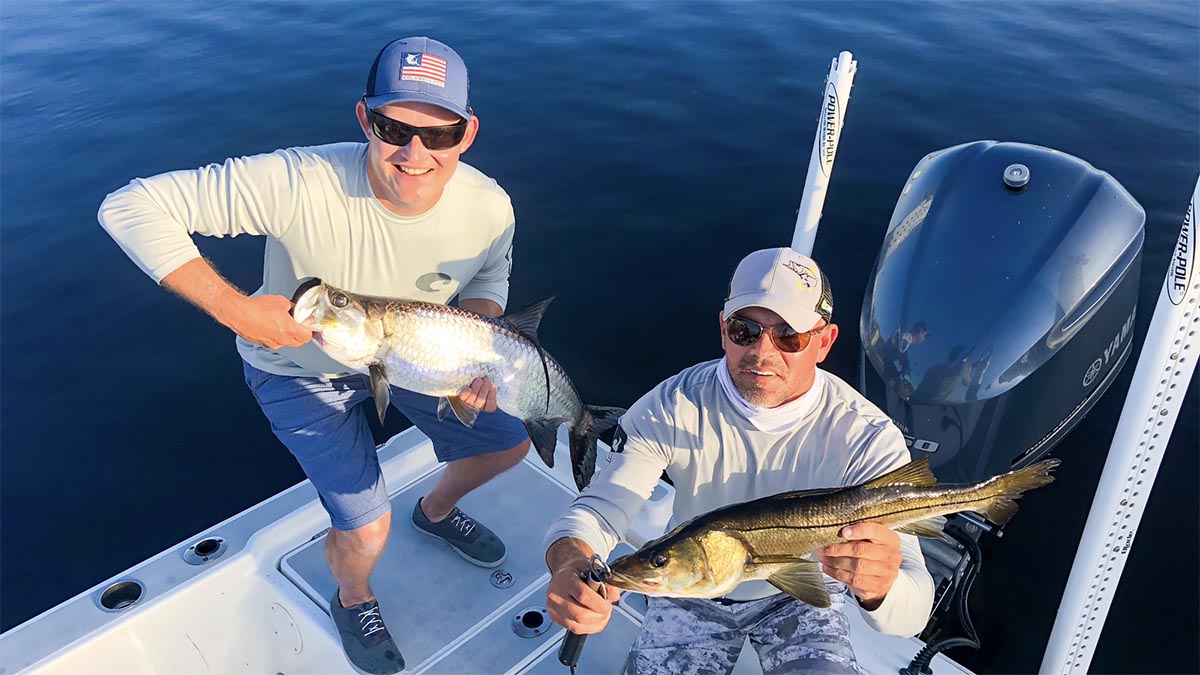Last Updated on February 2, 2021 by Writer
Paddle tails can be a lifesaver during a slow day of fishing. It is one of those lures I keep in my box- though it may not be the first one I grab. That said, my personal best redfish, flounder, and seatrout have been caught while using one. Several different species of fish will readily attack a paddle tail, it really just comes down to how you fish it- it is truly diverse.
My Go-To Rig
I always choose a paddle tail in the 3-4″ range with a scent pocket in the belly. The colors I choose are either all white, or a white belly with a natural back. I use a 3/0 belly weighted hook, rigged weedless. And in that scent pocket, some procure shrimp gel generally does the trick.
The Belly Crawler
This is the magic one – though it can be painstakingly boring. This retrieve has led to more surprises on slow days than I can count. Basically, as the name implies, I let the paddle tail sink to the bottom, and then just retrieve it at a super slow pace. It literally belly crawls along the bottom. Everything from flounder to redfish has smacked it this way.
Bouncing the Bottom
This is basically the belly crawl approach but with an aggressive jerk up every few spins of the handle. When I do this, I just let it sink back down before starting the crawl again. The strikes with this tactic generally happen just as the paddle tail starts sinking back down – so be prepared.
Fast Twitch Retrieve
This is where I work it like a baitfish – much like I would a suspending twitch bait. A steady retrieve with a twitch action, sort of mimicking how one would walk-the-dog- twitch, twitch, pause.
Fast Retrieve
This is just a fast retrieve, no special action. This in particular works well when fishing an active bait ball – bomb it in and pull it out aggressively. During a frenzy – your paddle tail looks like a loner that escaped the pod – then, smash!




